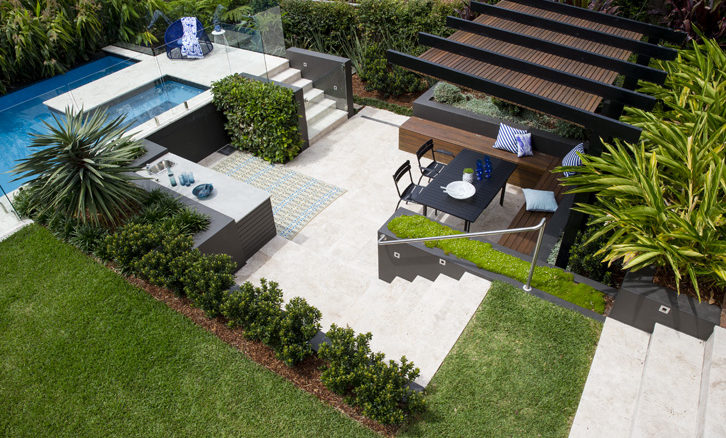
The countdown to spring is well and truly on, making now an ideal time to prepare your outdoor areas for warmer temperatures and flourishing garden spaces.
Landart Landscapes’ Matt Leacy shares his top 10 landscaping tips for spring 2018 – advice to not only get your outdoor spaces looking and functioning great for spring, but summer as well.
1. Spring Clean
“Coming out of winter, it’s important to clean up the garden to get it in the best condition possible,” Matt says. “This means removing any fallen leaves and thatch, and thoroughly weeding and pruning.
“Get on top of pesky weeds sooner rather than later as hotter temperatures help to stimulate weed-growth. And make sure you remove weeds from their roots so that they don’t grow back and seed.
“Also, ensure you remove any withered or infected plants; you don’t want them to suffocate or carry diseases over to any new or existing plantings.”
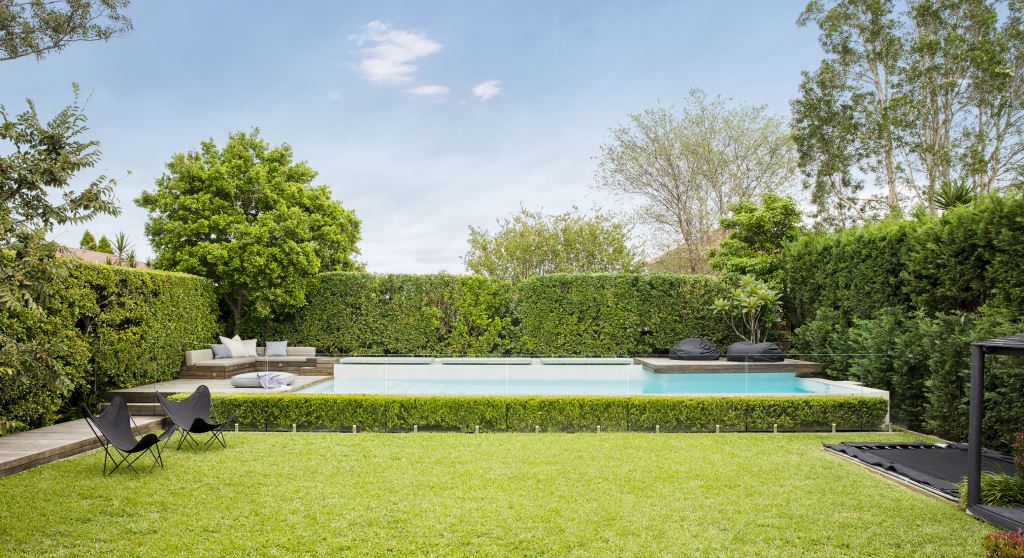
2. Pruning is Key
“Pruning comes next,” says Matt. “It’s an important part of the process because it helps to ensure that existing plants grow anew in spring.
“Trim back any hedges or early shrubs that have finished flowering, and also dispose of any dead or diseased branches.
‘If you want summer flowers through your hedges, hedge them now and then don’t hedge them again until after they have flowered; this will work for plants like Viburnum and murraya.”
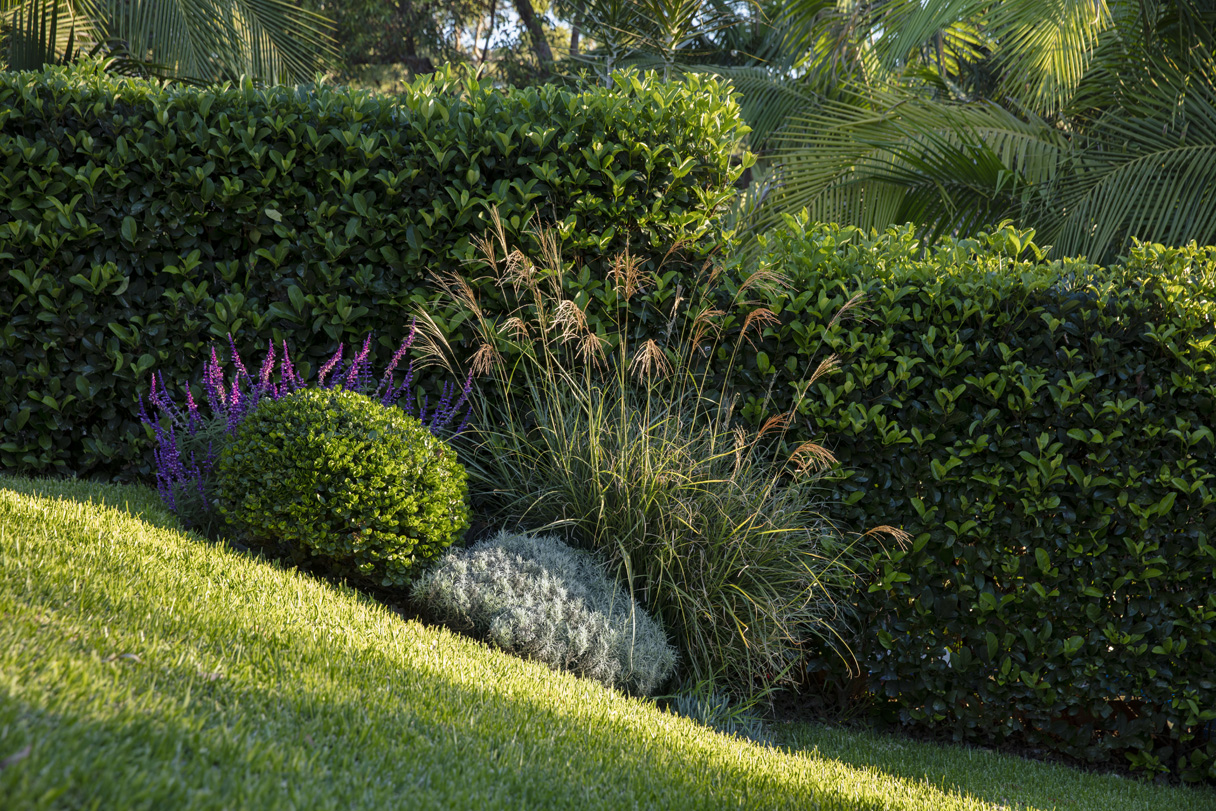
3. Love Your Lawn
“Spring is also the time to get your lawn looking green again,” says Matt. “It’s important to remove thatch and aerate the lawn to let the roots get as much water and nutrients as possible – and then spread some course sand or top dressing soil over it.
‘Fertilise your lawn now with something high in nitrogen (preferably organic) and water in well. This will be taken up by your lawn and will enhance its green and lushness.”
“In terms of mowing, you’re generally best to mow with a high cut at the start of spring – keeping the grass at least 70-90mm long,” Matt says.
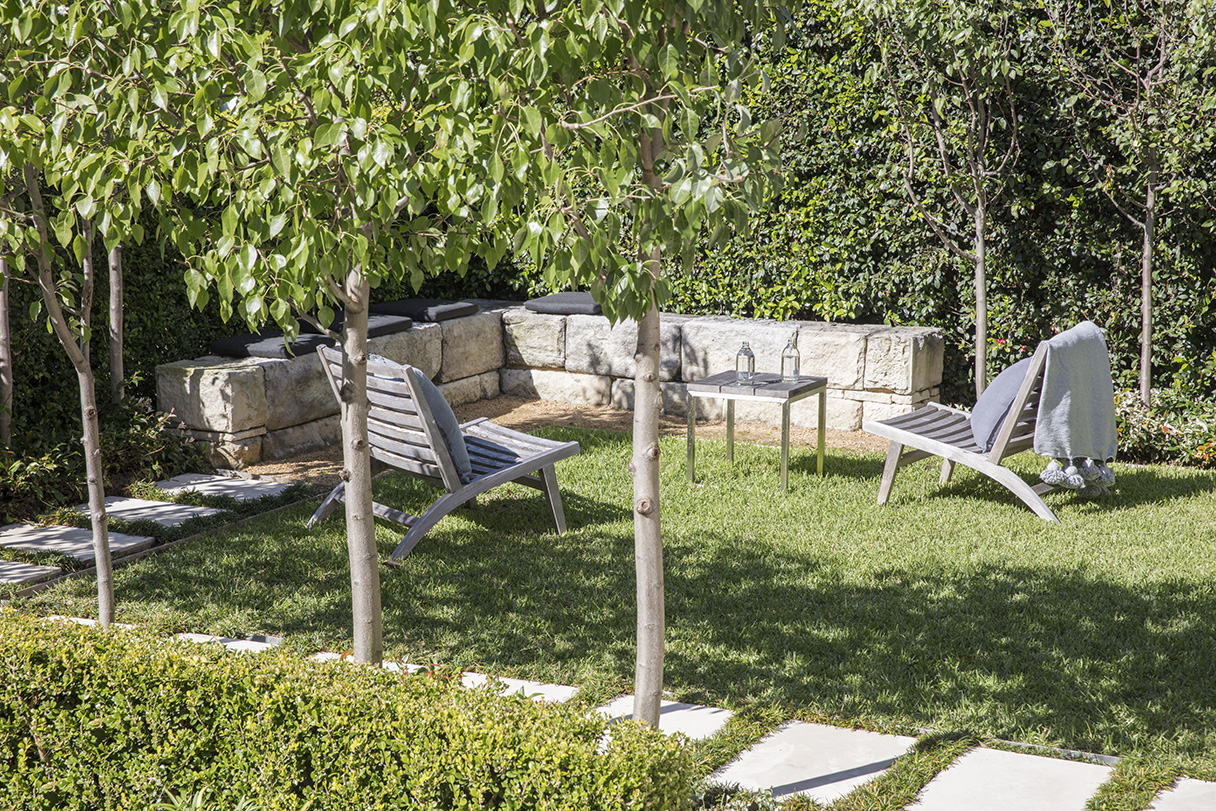
4. Mulch Is Your Mate
“It’s also important to apply some high-nitrogen organic fertiliser to both your lawns and garden beds,” says Matt. “Mulching is a must-do in spring, as it lays the groundwork for your soil to retain and conserve moisture in the summer months – as well as reducing weeds.”
“I always opt for organic compost and slow release fertiliser for the garden,” adds Matt. “Dig it into the soil where possible, but be careful not to apply it too closely to the trunk or stems of plants. Excess moisture can cause stems to rot, so as a general rule-of-thumb I recommend mulching at least 50-70mm from the stems of trunks or plants.”
“Remember to keep topping up the mulch as the weather heats up and – when applying fertiliser – ensure you pay close attention to the instruction kit so that you don’t burn the roots of plants by applying too much,” cautions Matt.
5. There’s No Better Time Than Spring For Planting
“Spring is the optimal season to plant cuttings or sew seeds – you can be a lot more creative and your range of potential planting choices opens up significantly,” says Matt.
“You can plants perennials and annuals, and you’ll have the time needed to properly establish plantings and let them settle before summer hits,” he explains.
“Your choice of plantings should depend largely on your property’s individual aesthetic and vibe, but given that Australia is currently officially in drought, you’d be smart to consider the level of water and maintenance your plantings will need in order to survive the summer heat,” says Matt.
“Some great spring water-wise plants include ornamental grasses, succulents and hardy shrubs like Raphiolepis.
“Native Australian species are also often good water-wise choices, including the likes of westringia, ornamental grasses, casuarina and Correa alba.
“I like to mix and match these with exotic cactus and succulents, and architectural plants like agaves, to achieve interesting planting palettes with textural and colour diversity.”
“If you’re looking to inject lots of spring colour, I’d recommend vibrant plantings like lavender, Kalanchoe, Salvia and senecio,” Matt adds.
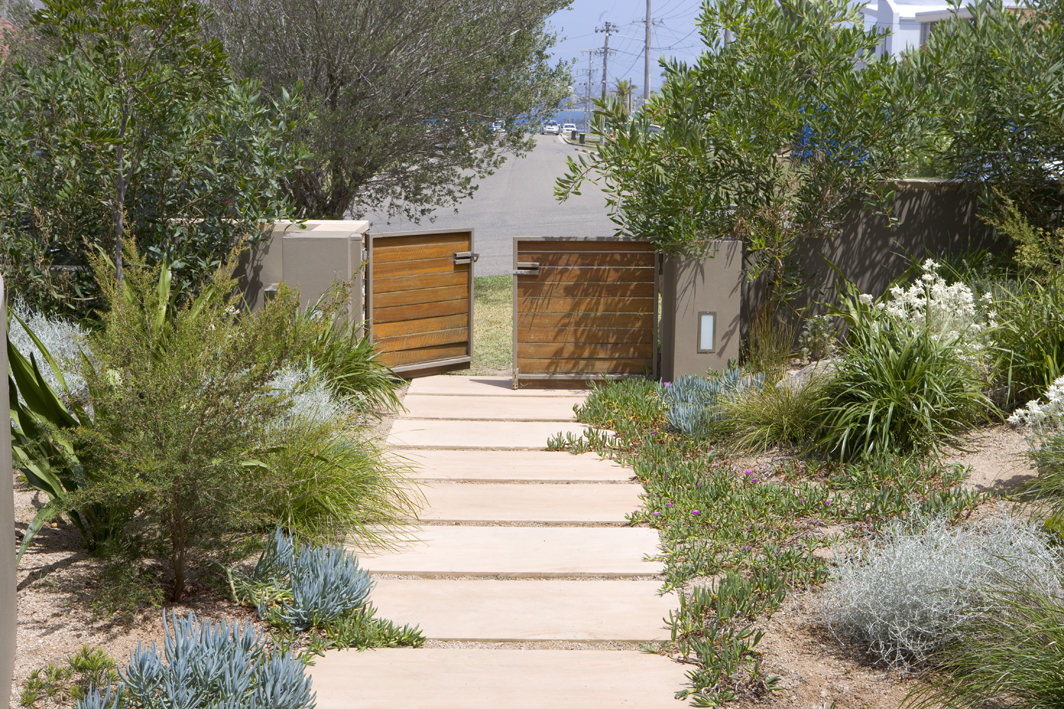
6. Water-wise Gardening
“With drought conditions in many parts of Australia, there’s a chance we’ll see official water restrictions come into play during spring,” says Matt.
“Last time we had water restrictions, drip-line irrigation systems were permitted – and this is one of the most efficient ways of getting water into your garden.
“Drip-lines run underneath garden mulch, so it’s best to get these installed before you embark on the mulching process; doing it in reverse could create complications and extra hassle,” warns Matt.
“Hand-trigger hoses will likely be another option should water restrictions come into force. If you’ve only got a small window of time for watering, you’re always best to water first thing in the morning,” Matt adds.
“If you’ve got the budget, I’d also consider installing a water to tank to capture and mange additional water. You can link the tank up with an irrigation system to transport water more consistently to your garden.
“And of course, you can wash your car on the lawn to give your grass an extra drink,” Matt says.
7. Pool Preparation Essentials
“Spring is also the ideal time to start get the pool swim-ready for the warmer months,” says Matt.
“The first key thing to do will be to check the water’s pH levels. A pool’s pH level should always sit somewhere between 7.2 and 7.8, and it’s easy and cheap to monitor the pH level using a store-bought testing kit.”
“It’s also worth checking that your pool’s filtration system is working properly,” says Matt. “Removing leaves and debris from the pool’s surface and skimmer box – as well as any algae – is also a must-do.”
Matt adds, “If you’ve let the pool go completely over winter and things are way out of control, it may be quicker and cheaper overall to get a professional in to do the job rather than trying to DYI it back to normal. If things get too far along, it can be quite complex and time consuming to restore the pool back to a swimmable state.”
“And don’t forget the pool cover!” says Matt. “This will help to minimise water evaporation, which is especially important in hot, dry conditions.”
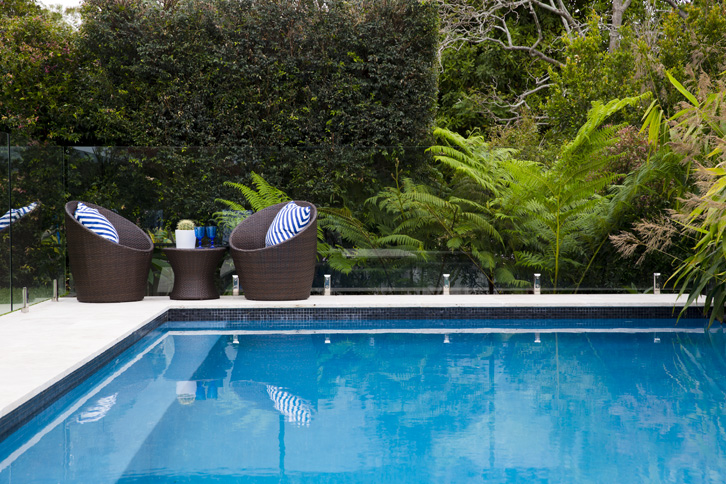
8. Go Al Fresco
“Spring is the perfect time to get your outdoor spaces optimised for living, relaxing and entertaining,” says Matt.
“Think about how you can make the most of your outdoor areas as the weather heats up – whether it’s through an outdoor kitchen, installing some patio furniture or even an outdoor lounge room with some shade or cover.”
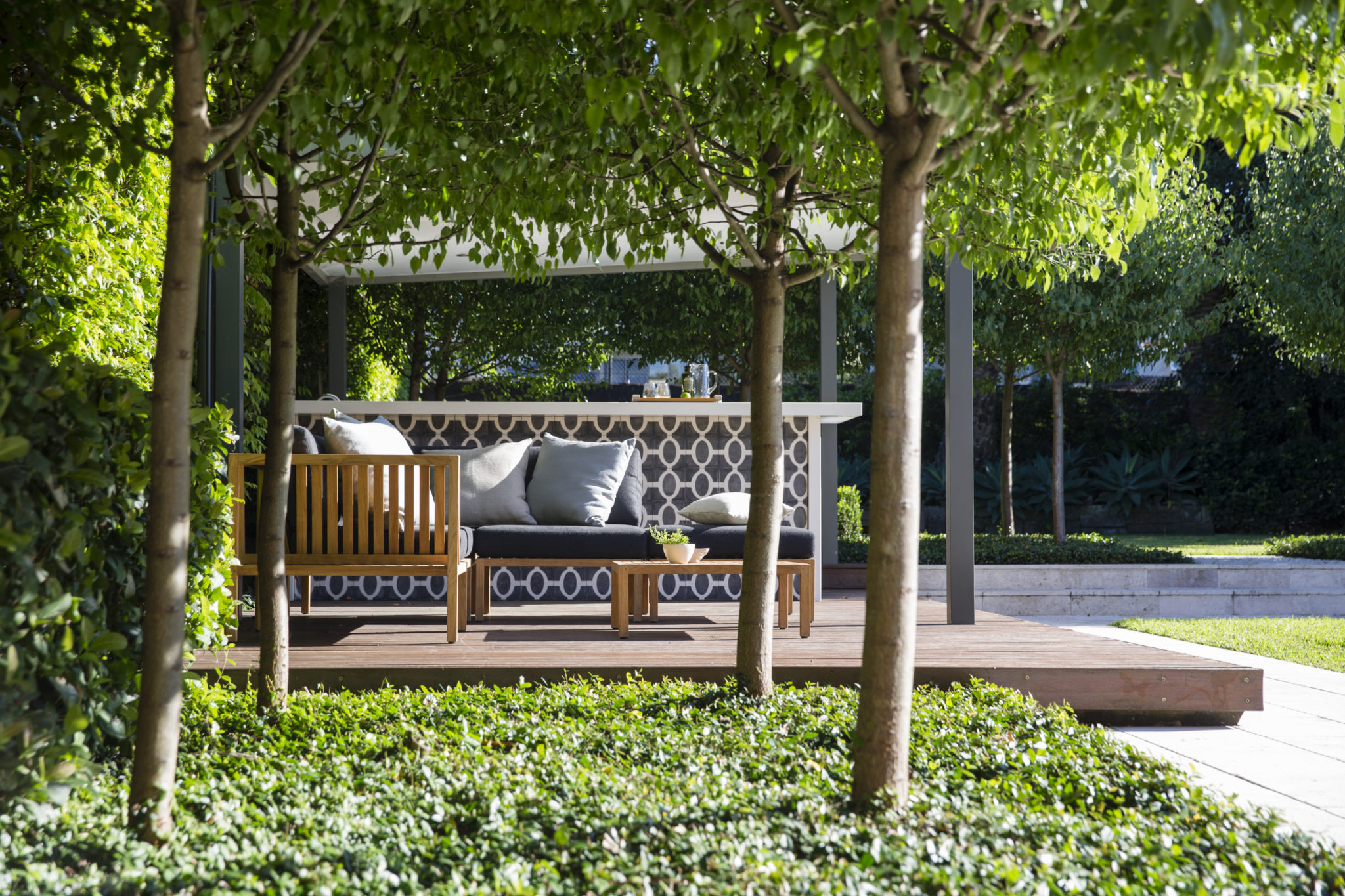
“You’ve even got the option of al fresco daybeds, outdoor spas and outdoor showers, which are quickly gaining popularity,” adds Matt.
“If you’ve got kids, it might be an in-built trampoline, camping chairs, beanbags, a swing set or a little cubby house.
“You don’t need a massive budget, and you can choose to focus on only one or a few outdoor features – but creating an environment that draws you outside to make the most of everything that spring and summer has to offer will bring with it a multitude of long-term lifestyle benefits to you, your family and friends,” says Matt.
9. Cover Up
“It’s no secret that Australia has some of the harshest sun in the world, making the need for outdoor shade and cover critical – especially in spring and summer,” notes Matt.
“If you haven’t got a lot of natural shade in your outdoor spaces, there are plenty of relatively low-cost man-made options on the market that can provide cover not only in the warmer months, but autumn and winter as well.
“You’ve got mobile, non-permanent options like retractable awnings, shade sails, marquees, canopies and big market umbrellas, through to more permanent structures like gazebos, pergolas and outdoor pavilions,” says Matt.
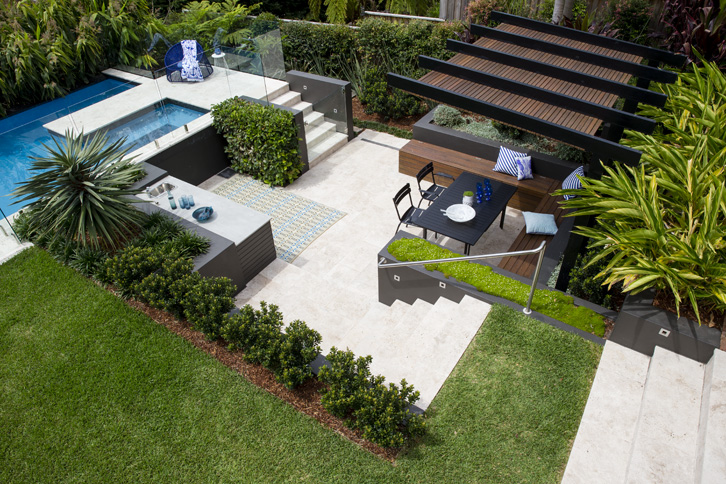
10. Look Out For These Spring Trends
“Moving into spring, we’ll likely continue to see lots of texture in landscape design – plenty of timber and different stones, especially in flooring. I also expect to see further uptake in smaller textured tiles,” says Matt.
“Spring will also likely herald lots of creativity and diversity in terms of finishes, shapes and sizes – think cobblestones and mixing of linear lines with rounded shapes.
“I’d also predict we’ll see continuing popularity in concrete finishes – across pools, seating, flooring and barbeques,” says Matt.
Matt adds, “We’ll also likely continue to see some pastel colour come back into the styling palette – both in the garden and via outdoor furniture. Outdoor feature walls, chairs, pots and cushions will generally be brighter, more colourful and patterned.”
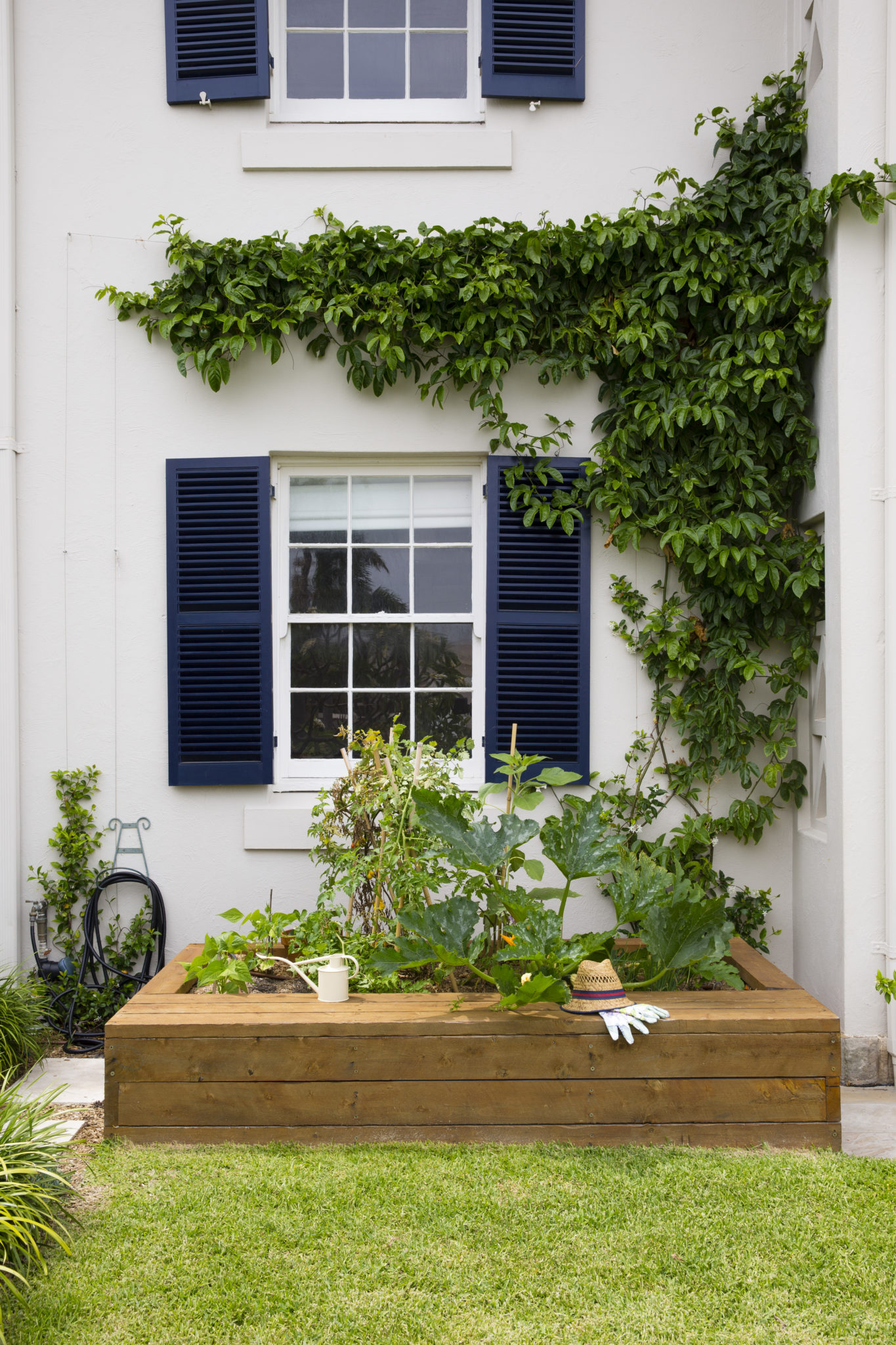
“I think we’ll also see more Aussies jumping on the vegie patch train – especially as popularity in veganism, grow-your-own and organic produce continues to rise. Spring is arguably the best time to start a vegie patch, so you’ll likely see more vegie patch plans spring into action,” Matt says.
“And strip lighting will be a big turn-to – we’ll likely see more of this under bench tops, steps and seats,” Matt concludes.
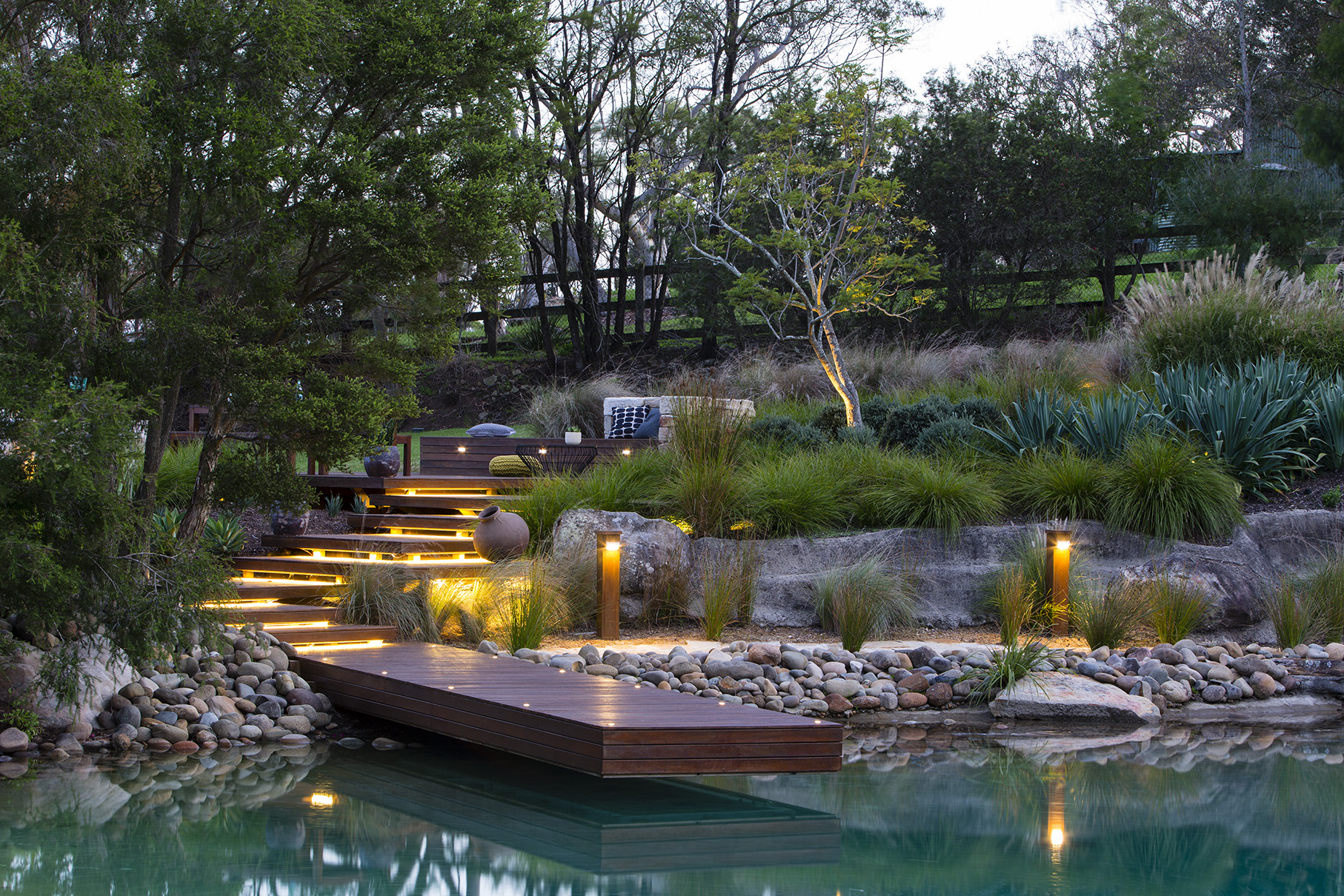
SheSociety is a site for the women of Australia to share our stories, our experiences, shared learnings and opportunities to connect.

Leave a Reply